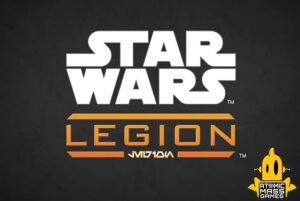
New starter sets that allow you to field an army for less than £70 (with some shopping around)? Play with a Star Wars army on a grand scale? It seems the next choice of game if you have become obsessed with Star Wars: Shatterpoint like I have. You go from those heroic moments to commanding an entire army. When Legion was first released, the rules were rather clunky, there weren’t enough choices for players, and the game length left a lot to be desired. I had some games go on for over five hours. Now for some, that may sound amazing. As the father of a family, I rarely have five hours free just to game (I wish I did).
Yet Atomic Mass Games have taken a look at the game, kept the essence of what it is and tried to streamline the rest. While you can still play battles of 1000 points, the thing that really attracted me was the new recon mode. 600 points and a rough time guide of ninety minutes. It seemed a little too good to be true. Now while that time frame is ideal, for my first run through I am of course expecting it to take a little longer. Rules will need to be looked up and clarified, combat will need to be done correctly, there won’t be that flow that I know my son and I will have once we have a few games under our belt. But if the potential is there…
The new starter sets, the ones for the Rebellion era being released this week, are an exact 600 points, allowing players to literally assemble their models and go straight into a recon battle. This week I have assembled both starters, and I have to say I have been incredibly impressed. You get a huge force in both boxes that should give my son (Charlie) and I a real feel for the game. For each player to spend such a small amount to field such a force I think is incredible, particularly when you look at what other games of this type and size are charging.
While each box contains some basics for the rules, mainly what list to run, the actual rules themselves are online. If you look at the recon rules it tells you about the changes, but you will still need to read the sixty-three-page rulebook. I’m not going to lie, it does seem daunting at first. Thankfully, having played when the game first came out, I knew the sort of flow it should take. It has been seven years since I’ve played, most of it I don’t remember, but the combat system, the way upgrades work, these were all faint echoes that my brain nodded along with. But reading rules and actually playing a game are two different things. Rather than get hung up with so many pages, I decided to dive straight in and see what the new ruleset looked like.
My son and I play a lot of games together. I’d given Charlie the Rebels, which he seemed very happy with. I’m glad he was, I had done it so I could see how many times I could tell him ‘I am your father’ in a game. Something tells me Charlie will be telling me too many. With our forces assembled, the battle mat laid down, it was time to play.
There are objectives to choose from, a primary and a secondary. I couldn’t help but be reminded of Marvel: Crisis Protocol. You have two objectives in that game too and it is how you score points. I liked that these are present. Not only was it a feel of something familiar but also means you can’t do a solely combat game, you need some strategy involved. There are three of each of these to pick so there is a lot of variability for recon. You then pick an advantage that can give you a bonus within the game. This is random so you are never too sure of what bonus you will get.
After all this is done, and the objective set-ups have been sorted you can start getting the models out. The game runs for five rounds, with the winner being the first to twelve points or whoever has the highest score when round five is concluded. Each player has a set of command cards that allow you to select units, possibly have some bonus bits and decide who goes first. There are a number of pips on the card, the player with the lower pips goes first. The units you activate are random; you pick them at random and have to activate that unit. By selecting units with your command card, you can instead activate these units and not a random one. So picking these units for your strategy is very important.
Once the command cards have been played, the units selected, the first player activates a unit, then the other player activates and so on until every unit has activated. This makes up a round. Every unit can take two actions, only movement can be used twice. Then it’s a question of moving into position, taking cover, and trying to thwart your enemy. This is the absolute basics. There are keywords on the units that can give them an edge, different dice to use depending on the unit and so forth. We found that the thing that was taking us the longest time wasn’t the basic rules but the keywords, we were constantly having to look these up. There is a useful website, Legion Quick Guide, that has these listed alphabetically which saved us a lot of time. I do think that having these on a card or two for the most common of these words would be immensely useful, but not necessary.
The first round you don’t score any points, very similar to Shatterpoint. Unfortunately, both Charlie and I ignored this fact and instead of positioning ourselves well, rushed instead to shoot each other to pieces. I mean when you have that many troops, why wouldn’t you!? Charlie going first meant he actually had the disadvantage, particularly as I was activating my units with snipers first. But it did show us where the tactical element was and how we should have done it properly. We also had a very small amount of cover and considering how the Rebels are more guerilla warfare style, this was a disadvantage to them. While we don’t have much Legion terrain, we do have a lot of Shatterpoint terrain. While it is a different scale, Charlie and I both agreed that having it would improve the game rather than be detrimental. You could argue that some terrain needs to be in the starter boxes, but I think most players will be like us; have some terrain of some description lying about. Again, I also have to come to the price point of these starter sets, they are at an extremely affordable price, not everything can be included. There are terrain packs out for Legion, and I know I will be getting some as soon as possible as I think it will make a huge difference to the game.
The recon game is played on a 3 foot by 3 foot mat, compared to a normal game that is on a 6 foot by 3 foot. I appreciated the smaller space, the quicker engagement time and the general speediness of the whale thing. I can see why it is limited to six-hundred-point armies; you wouldn’t be able to fit much more on! Living with a family as well, finding space for a bigger board can sometimes be a struggle, so this works well too.
We did notice that we did have a problem with dice. We each had a starter set, which meant we had two lots of dice sets, which is eight dice in all, and we still didn’t have enough dice for some of our units. An extra dice pack is most certainly needed to save you trying to track hits. Again, it could be seen as another expense. Yet, I think it breaks the cost down into manageable parts for new players and it again comes down to making the starter sets as cheap as possible. I also think if you’re a veteran of Legion, you will appreciate not having to pay more for the set because you already have the dice.
I could see quite quickly that the game was different from what I remembered. Yes, we had to look up keywords but after a few games this would be second nature. What I do remember from the original game was having to read lots of unit text, much in the way you do with Marvel: Crisis Protocol and Shatterpoint. The difference there is, you are only running a small number of units, so it doesn’t matter. In Legion, it felt like you were continually doing it. Now, there is very little text, it’s all about the keywords. This makes for a speedier game that flows a lot better. Yes, it took us some time to check the keywords but that’s because this was our first game with the new rules set and hadn’t played the game in eight years.
So, let’s talk about time. This for me was vital for making the game much more manageable. The first round took us an hour. With five rounds I started to get a little nervous. But it was our first round, there was a lot of checking of rules, of keywords and the order of everything. Our second round took us twenty minutes. Quite the contrast. Over five rounds that would just be over an hour and a half, presuming you went the full five rounds. Our game only lasted till the end of round three, with a clear victory to the Empire (I should think so too). So, we did only play just over the recommended time and that was still with keyword checks every round. Both Charlie and I agreed that a game would most certainly be ninety minutes if you knew the game and had played a few times. This was music to my ears. The one problem with the original iteration of the game was solved. It could be played in under two hours.
The last thing I want to mention is the feel of this game. In Shatterpoint you are creating cinematic character moments, character versus character. Legion has a very different feel. You are sending whole units out, a whole army across a battlefield to gain victory points. You have to think about your movement, respond to your opponent and take a much larger look at the battlefield. You do feel like a commander directing the troops. It’s a good thing this feels so different to Shatterpoint, it needs to be different to justify having both games. Legion does that. Charlie and I are already planning our next game, talking about what we’d do differently, what rules we might slightly have gotten wrong and what the heck all the tokens are. There are a lot of tokens. We have no idea what most of them are for, but I am sure we will.
The release of the starter sets for the new and improved rules for Legion is the perfect jumping on for new players. If you have tried Legion before and were put off, I urge you to try it again with the recon ruleset. It takes so many of the problems that were inherent in the original game, making it far more streamlined, far better flowing and just an overall more pleasurable gaming experience. These improvements breathe new life into an aging game and I’m excited to see more units get rereleased so Charlie and I can start making up new and interesting lists. The price of the starter sets is just incredible and while cost shouldn’t be the sole reason to buy a game, it is hard to argue not trying this game when the entry cost is lower than most any other miniature game on the market, particularly with the amount of models included. This week sees the release of the Galactic Empire and Rebel starter sets, with the Galactic Republic and Separatist ones in October. This game is sure to capture the imagination of Star Wars fans and players, and I think Shatterpoint fans will really enjoy the wider scope that this game provides.
The post Gaming Review: Star Wars Legion – Gameplay appeared first on Jedi News.


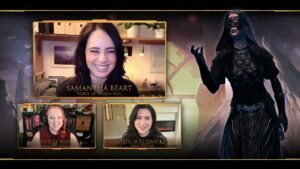


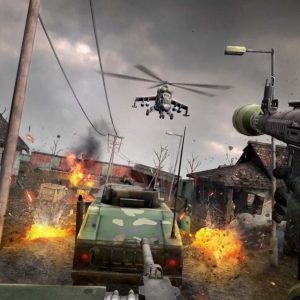


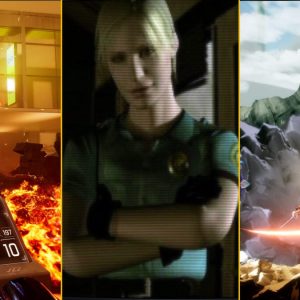
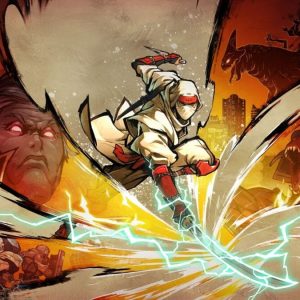

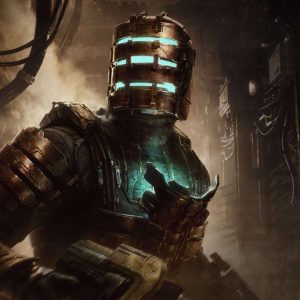
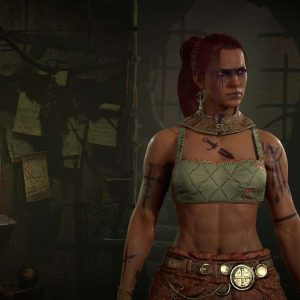
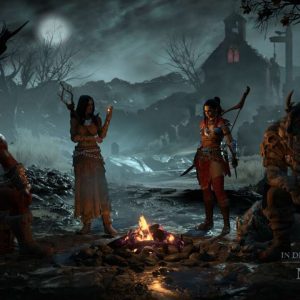
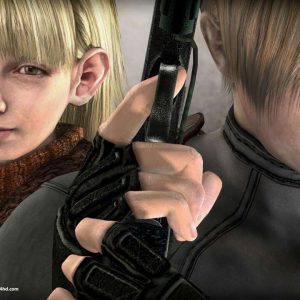

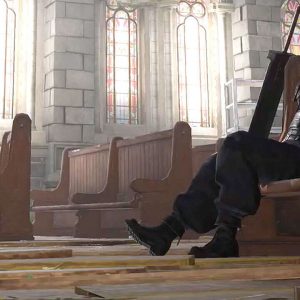


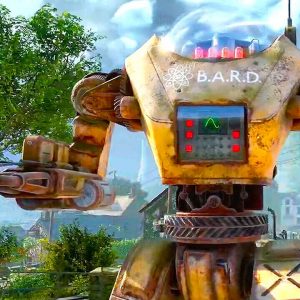

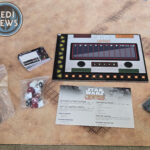
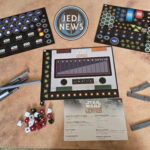
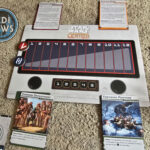
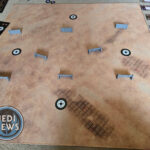
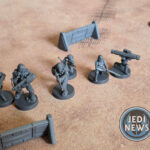
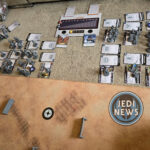
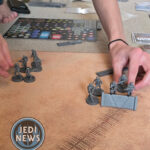

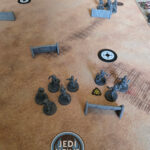
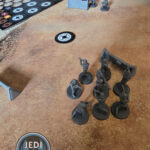
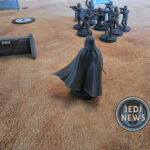
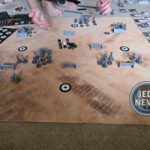
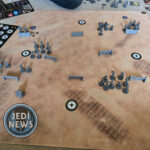
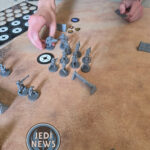


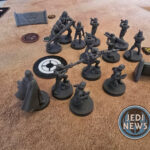

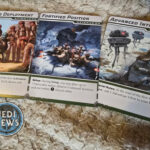
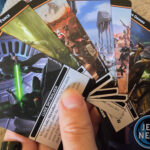
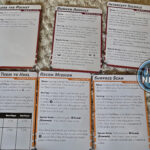
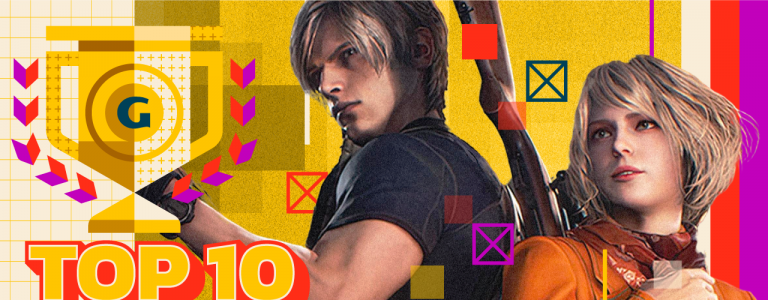

-150x150.jpg)